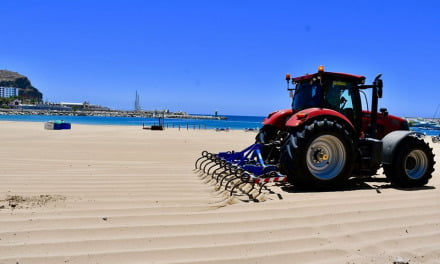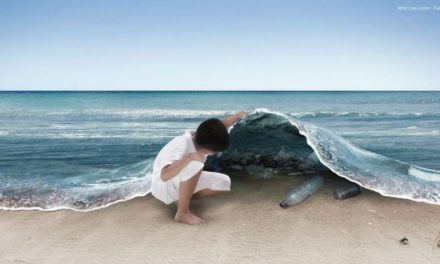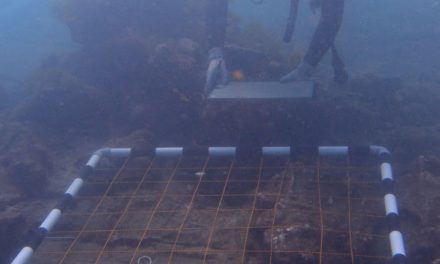 Each year at this time, hundreds of shearwater (pardela) chicks fall or crash ashore while learning to fly for the very first time. They can become easily disoriented by the nocturnal lights of human activity. Without help, most do not know how to take flight again.
Each year at this time, hundreds of shearwater (pardela) chicks fall or crash ashore while learning to fly for the very first time. They can become easily disoriented by the nocturnal lights of human activity. Without help, most do not know how to take flight again.
More than 50 shearwaters were released this Monday 30 October, at Playa de la Laja near the capital Las Palmas, to meet the sea for the first time. The release coincided with the Pardelas del Cabildo Campaign, an activity that is repeated every year around these dates, that has already helped in the rescue of hundreds of the seabirds over the course of its first week.
If you find a shearwater, please place it in a cardboard box, if possible, and notify CECOPIN (928353443) or the Tafira Fauna Recovery Centre (928351970) or police via 112, do not try to feed them yourself, they have a very specific diet
The Cory’s shearwater (Calonectris borealis) is a large shearwater from the Procellariidae seabird family. The genus name Calonectris comes from Ancient Greek kalos, “good” and nectris, “swimmer”, and borealis is Latin for “northern”
This species has a distinctive ‘twang twang’ call and breeds on the Canary Islands, Madeira, the Azores and the Berlengas Archipelago in Portugal. They nest on open ground, in cliffs or among rocks or less often in burrows where one solitary white egg is laid. The burrow is visited only at night to minimise predation from large gulls. The bird feeds on fresh live sea fish, molluscs and offal, and can dive deep (50 ft (15 m) or more) in search of prey.
It is possible to carefully move found chicks, in a cardboard box, to the offices of the Guardia Civil and Local Police, which is why the Cabildo has distributed a total of 500 cardboard boxes in coastal municipalities, destined to accommodate chicks found thanks to citizen collaboration, also issuing leaflets and informative posters that explain the procedure that must be followed to guarantee that shearwater birds get back to the sea.
In addition to the staff of the Tafira Wildlife Recovery Centre, which at this time of year is dedicated to the rescue, treatment and release of found shearwater chicks, the Cabildo operation also includes a member of the Presa team from the Ministry of Environment. specialised in marine rescues and work at height to offer safety oversight for the many rescues, especially those that take place in coastal areas that are difficult to access.
Two off-road vehicles have been supplied for the effort, one from the fire department, and the other by the Cabildo’s Ministry of Institutional Cooperation.
To prevent shearwaters from hitting the ground, the Ministry of Public Works has also agred turn off ornamental lighting at the El Rincón viaduct (Julio Molo Zabaleta) over the next few days and reduce the intensity of the lighting as much as possible on the northern highway (GC -2), including the 30-meter light towers located at the roundabouts to Gáldar, San Isidro, Hoya de Pineda and Agaete.
The Cabildo estimates that at the end of the campaign, the number of rescued shearwaters will exceed one thousand. The usual success rate for the release of injured chicks is around 95 percent.
The glow of the moon over the sea, full moon will be on November 4, on a clear night is the best ally to this first flight of the shearwater chick, which are so sensitive to getting dazzled by the blinding lights from large population areas on the coast of Gran Canaria.














